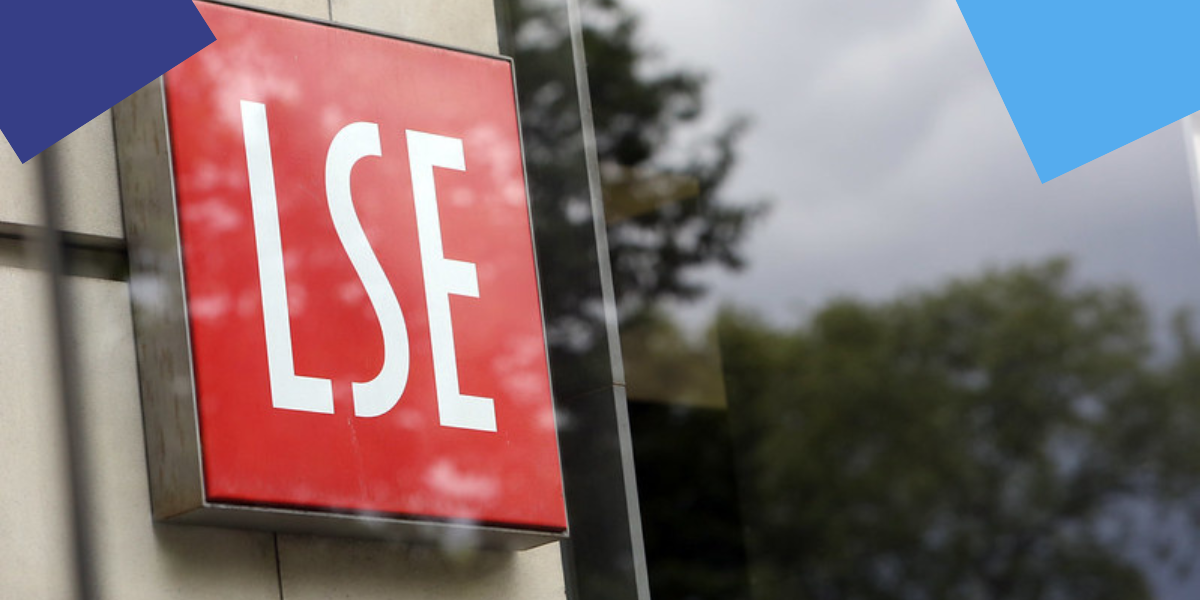Crafting an effective statement of academic purpose requires a strategic approach. In this blog, I’ll share the steps I took to write my statement when applying to my programme, MSc Social and Public Communication.
Step #1: Research
Before writing my statement, I thoroughly researched the programme in order to understand its structure and courses offered. This knowledge allowed me to tailor my statement and express my interest and alignment with the programme. I also reflected on my academic and professional aspirations, as well as experiences and skills that would make me a strong candidate.
Step #2: Programme specificity
When applying to the MSc Social and Public Communication, I tailored my statement to the specific strengths of the programme, writing about my interests and exploring the practical insights I gained through my job in the communication field.
Step #3: Reflecting on my professional journey
After working approximately 15 years in the fast-paced world of communications, I dissected my professional journey and identified key milestones, challenges, and skills that shaped my professional journey, which contributed to build the broad narrative in my statement of academic purpose.
Step #4: Answering the critical question
I proceeded to reflect on this critical question to guide my narrative: “What experiences have shaped my interest in this particular programme?” I wrote anecdotes and concrete examples that helped highlight my skills and interests.
Step #5: Linking work experience with career aspirations
A crucial aspect that I incorporated into my statement was establishing a clear link between my work experiences, my academic journey and career aspirations. I highlighted how the programme was not only a logical next step for me, but an essential component for my professional development, as my academic pursuits would add value to my career journey. By providing specific examples demonstrating how certain experiences have contributed to my professional journey, I crafted a narrative of my growth, the challenges I overcame, and skills I gained along the way. I detailed my professional background extensively, and added how I could bring a fresh perspective to the programme.
Step #6: Drafting, reviewing and refining
After drafting my statement, I let it sit for a while before analysing it with a critical eye. Then I carefully revised and polished the language to ensure my statement was clear, concise and focused. Seeking feedback from friends and colleagues became an important part of the process, as they offered fresh perspectives and valuable insights.
In the final check, I paid meticulous attention to eliminate any typing mistakes, ensuring a smooth flow with a compelling, conversational style in my writing. This meticulous approach not only helped me meet the application requirements, but also present a well-crafted and engaging narrative that resonated well.





